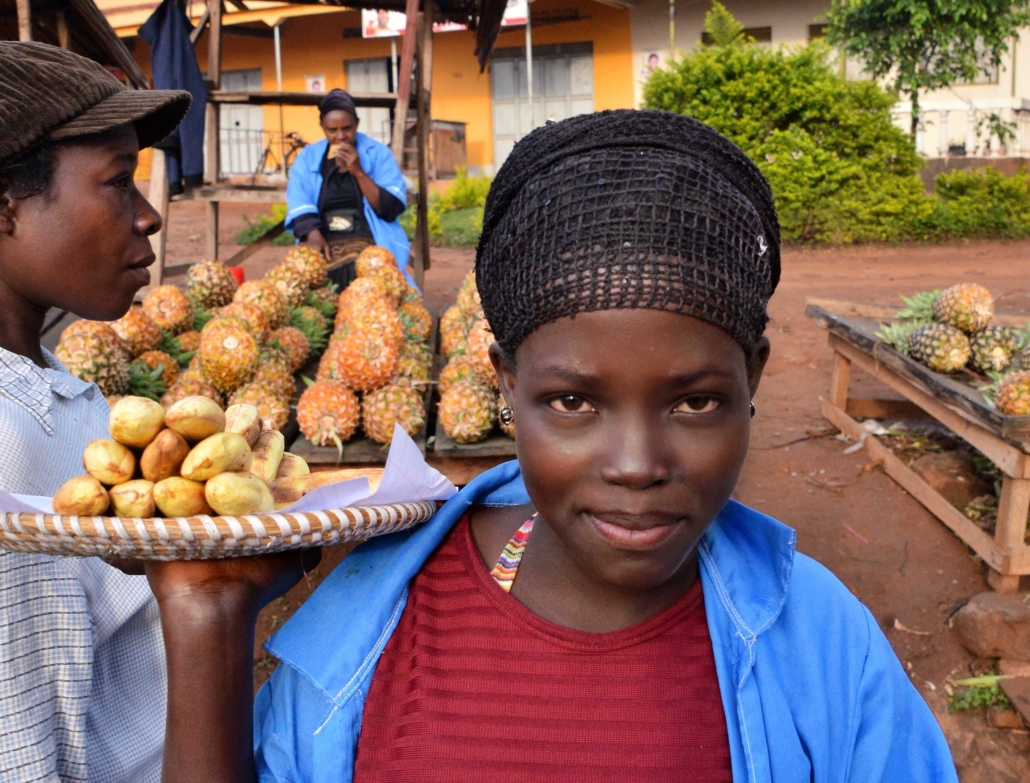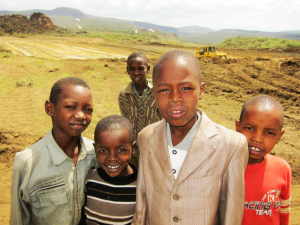
One cannot peg conflict in Africa to a sole cause. In fact, a multitude of causes has paved the way for the world to form a generalized opinion of the continent as an area that is inherently dangerous and violent, a faulty but dangerous conclusion that gives cause not to tackle an issue that the nature of the continent itself causes. Although conflict is an inevitable course of human interaction and an undiplomatic resolution to conflicting interests anywhere, such as in Africa, Mexico, Peru and Guatemala, it is unlikely to bring stability to Africa.
Causes of Conflict
Incompetent leadership, corruption, poverty and colonial influence each have their role in the conflict that reverberates across the African continent. European powers’ 19th-century colonialization saw the arbitrary boundary setting that split ethnic groups and placed rival ethnicities within proximity of each other. The Akan-speaking people lived in Ghana and the Ivory Coast. Embezzled funds by leaders play a significant hand in the conflict in Africa by petrifying efforts towards political integration and socioeconomic stability, compelling enough of an issue that the Second Ordinary Session of the Assembly of the Union adopted the “Africa Convention on Preventing and Combatting Corruption” in 2003. Weakness, corruption and lack of sufficient patriotism characterize leadership in much of Africa, resulting in civil wars in African countries such as, but not limited to, Sudan, Algeria and Liberia.
Poverty’s Role in Conflict
Desertification in Africa speaks of its harsh environment and plays no small role in poverty and has caused notable famines in countries like Ethiopia and Mali, bringing the number of people living in extreme poverty up from 217 million to more than 300 million people between the years of 1987 and 1998. Poverty is a cause of conflict. Conflict in Africa, and anywhere, stalls socioeconomic development and ensures that poverty statistics improve only marginally if at all. Conflict brings down the physical infrastructure of an affected area and likewise destroys the social fabric that takes its forms in loyalty, patriotism and mutual relations. The world has seen time and time again the fruitful reconstruction of an area that war plagued, with the condition that those reconstructing come to a common aim. These conflicts also raise unemployment levels due to a lack of education and economic empowerment.
The Challenges of the Fertility Rate in Africa
A total fertility rate of 4.8 births per woman complicates poverty reduction efforts by complicating a demographic shift that can lead to fewer youths, which means more investment per youth for the development and fulfillment of economic potential. It also offsets poverty reduction progress by increasing the number of people being born into poverty. For example, extreme poverty decreased considerably between 1990 and 2015 inclusive, yet the number of poor people increased to 413 million people from 278 million people.
Solutions to Conflict in Africa
Finding solutions to conflict in Africa is pressing, but poverty eradication and better leadership should be a part of them. A common denominator in developed countries and fueling conflict in Africa is economic and political inclusivity, something lost on developing countries that tend to rule more authoritatively, benefitting those near them at the expense of the rest. Donald Duke, who was a former governor of Cross River State in Nigeria likened the leadership dynamic in Nigeria to that of a pilot who flies a plane but has never been to pilot school. Duke stated that “when the plane crashes, everyone blames the pilot.” Duke also remarked that the question is where are Africa’s leadership “flying schools?”
The disconnect between leaders and the populace is an additional factor, and the age is a subfactor with most African leaders being 55 years of age at minimum, prompting calls for youth inclusion, championed by programs such as the United Nations Population Fund Global Youth Advisory Panel and the Global Fund to Fight AIDS, Tuberculosis and Malaria, although this only scratches the surface when speaking about total youth involvement.
Youth leadership would benefit Africa greatly, which would require courage on the end of the youth, and understanding and support from older leaders. Youth-led movements such as Y’en a Marre and Balai Citoyen in Senegal and Burkina Faso respectively speak of the youth capacity to instate programs and policy, even at ground level.
– Mohamed Makalou
Photo: Flickr
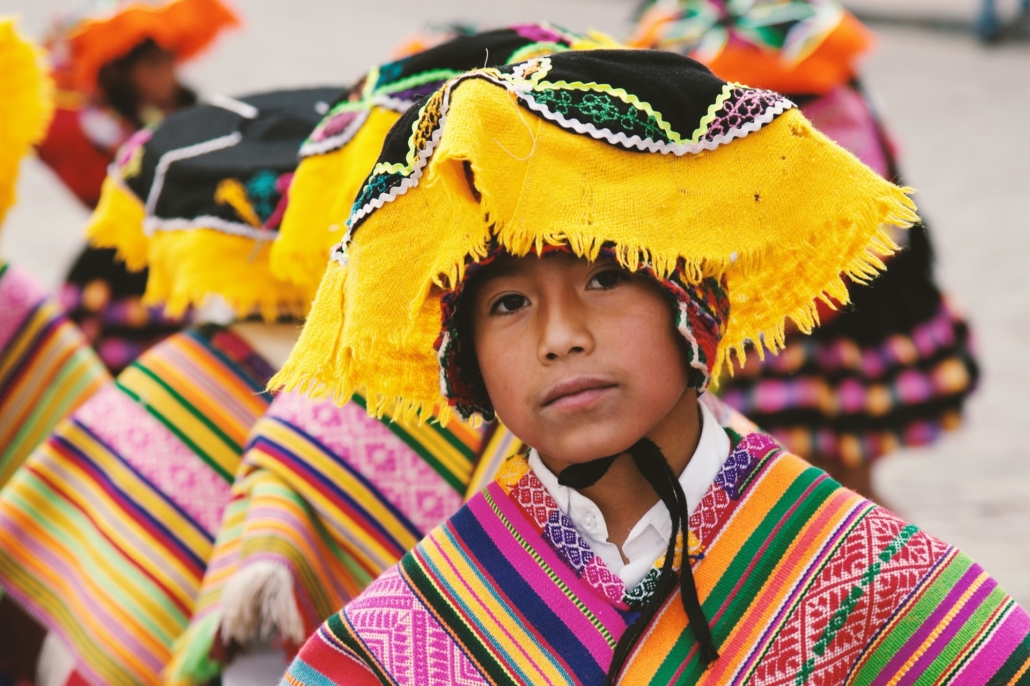 For those living in developing countries, there is a direct link between poverty and disability, as each factor has the potential to influence the other. The World Bank
For those living in developing countries, there is a direct link between poverty and disability, as each factor has the potential to influence the other. The World Bank  Indigenous people everywhere have struggled with prejudice, the challenge to keep their cultures alive and the societal pressure to assimilate. They also comprise “15% of the world’s”
Indigenous people everywhere have struggled with prejudice, the challenge to keep their cultures alive and the societal pressure to assimilate. They also comprise “15% of the world’s” The first global Food Systems Summit will take place
The first global Food Systems Summit will take place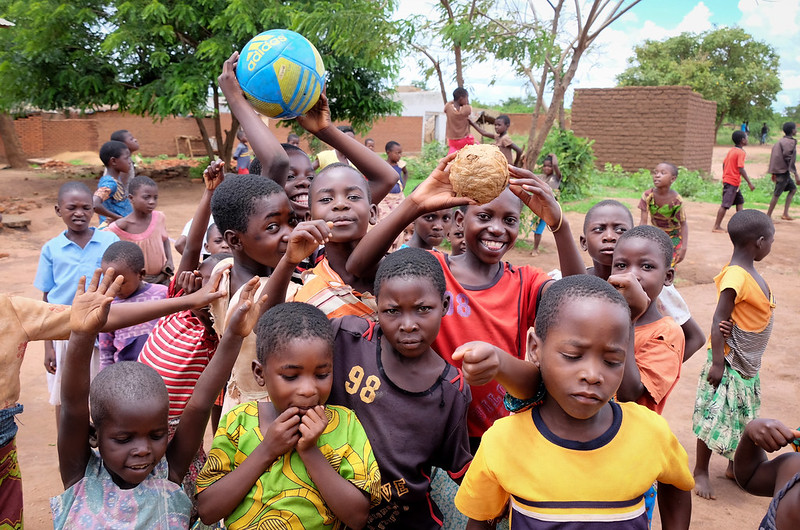 The biggest charity soccer match in the world is back with another star-studded cast of players. Soccer Aid for UNICEF 2021 has become a fixture for soccer fans to look forward to. Fans can watch old legends square off against celebrities — all for a good cause. This year, Soccer Aid for UNICEF hopes to reach a wider audience than ever before in order to aid in the recovery to COVID-19.
The biggest charity soccer match in the world is back with another star-studded cast of players. Soccer Aid for UNICEF 2021 has become a fixture for soccer fans to look forward to. Fans can watch old legends square off against celebrities — all for a good cause. This year, Soccer Aid for UNICEF hopes to reach a wider audience than ever before in order to aid in the recovery to COVID-19.
 As social distancing measures and lockdowns isolated people, the internet helped keep communities connected and functioning. Households ordered groceries online, adults telecommuted to work and students attended school via distance learning. The internet asserted itself as a necessary utility. However, affordable internet access is far from universal. The United Nations has partnered with the Alliance for Affordable Internet (A4AI) to address this by increasing affordable internet access in developing countries as a means of
As social distancing measures and lockdowns isolated people, the internet helped keep communities connected and functioning. Households ordered groceries online, adults telecommuted to work and students attended school via distance learning. The internet asserted itself as a necessary utility. However, affordable internet access is far from universal. The United Nations has partnered with the Alliance for Affordable Internet (A4AI) to address this by increasing affordable internet access in developing countries as a means of  In 2020, the Joint United Nations Program on HIV/AIDS (UNAIDS) undisclosed its
In 2020, the Joint United Nations Program on HIV/AIDS (UNAIDS) undisclosed its 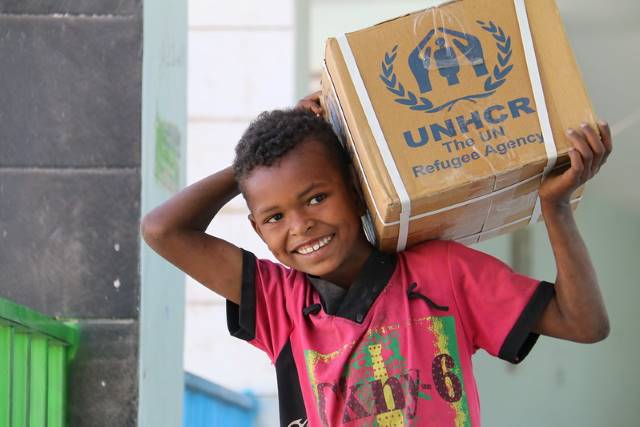 Relief for Yemen has long been a goal of humanitarian politicians and activists. A bipartisan letter, signed by four U.S. senators, urges the Biden administration to allocate more federal funding for aid to Yemen.
Relief for Yemen has long been a goal of humanitarian politicians and activists. A bipartisan letter, signed by four U.S. senators, urges the Biden administration to allocate more federal funding for aid to Yemen.